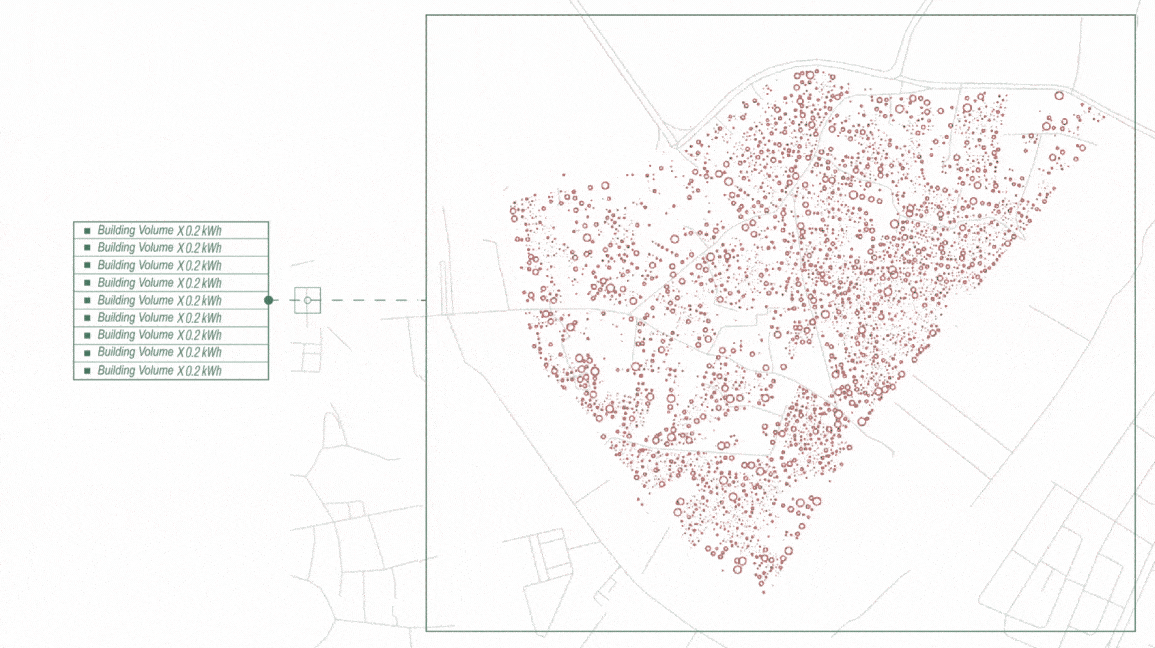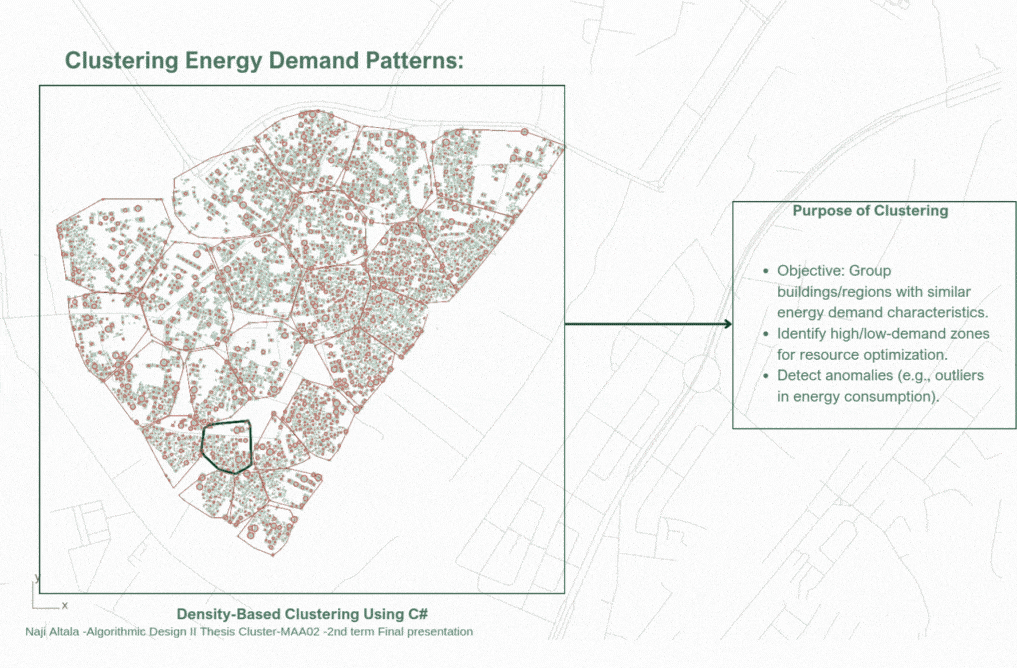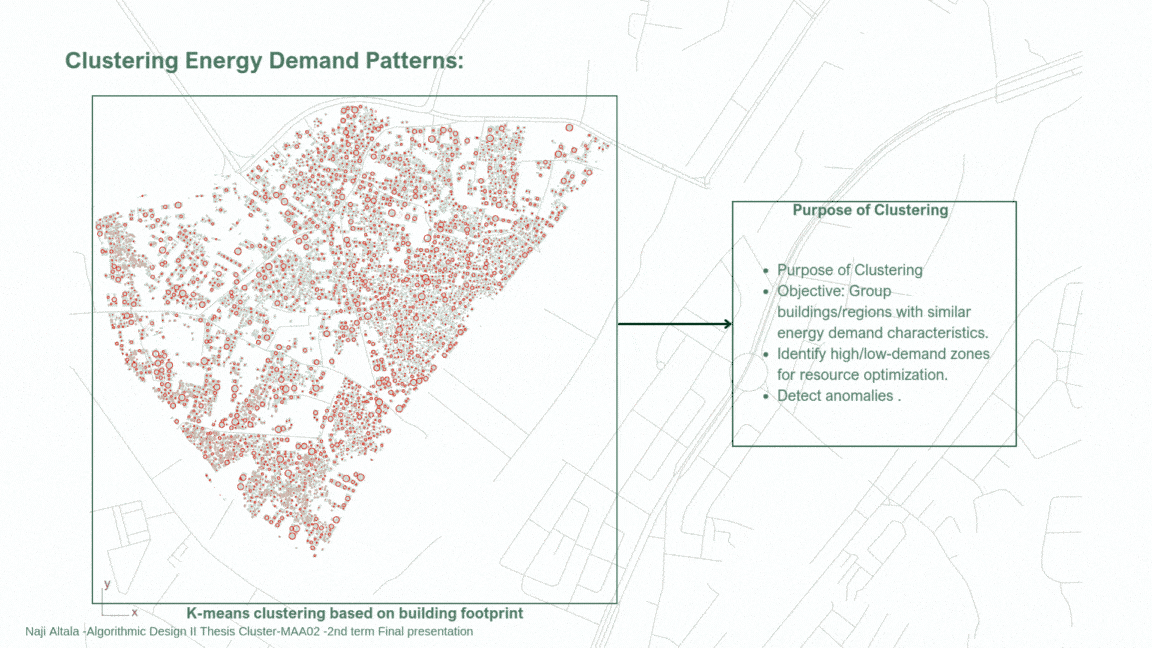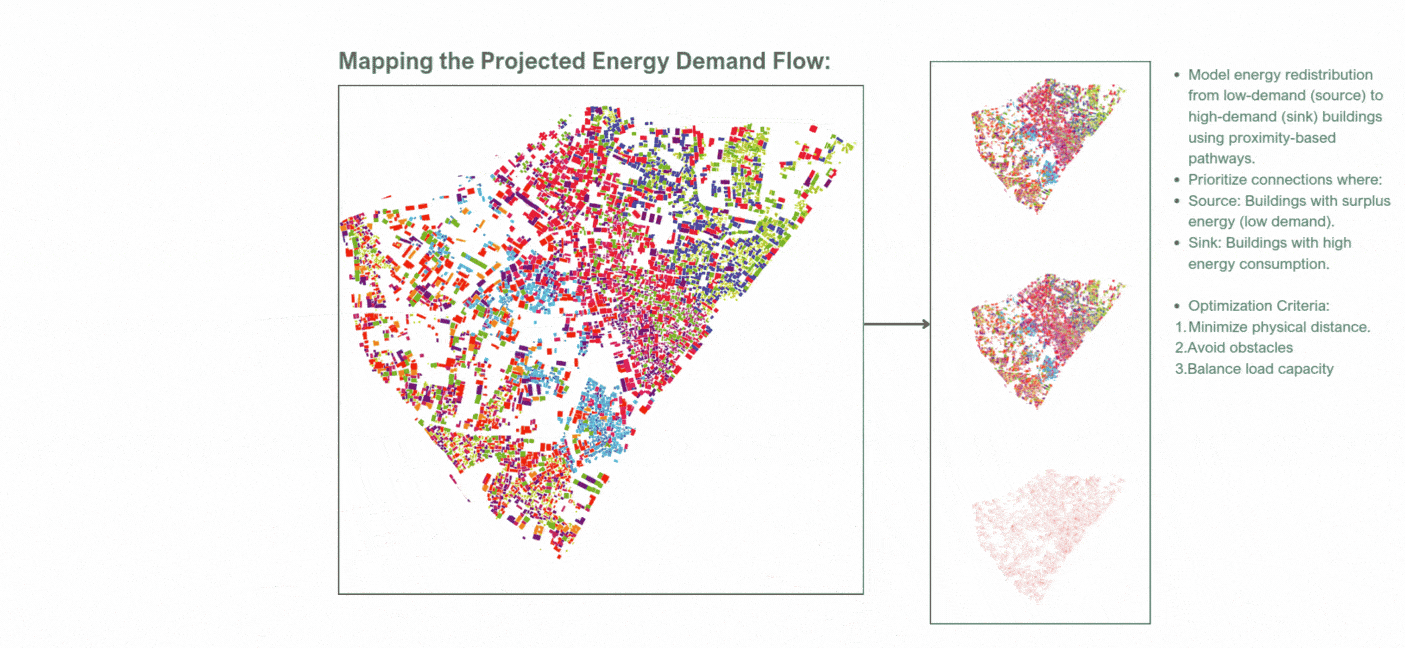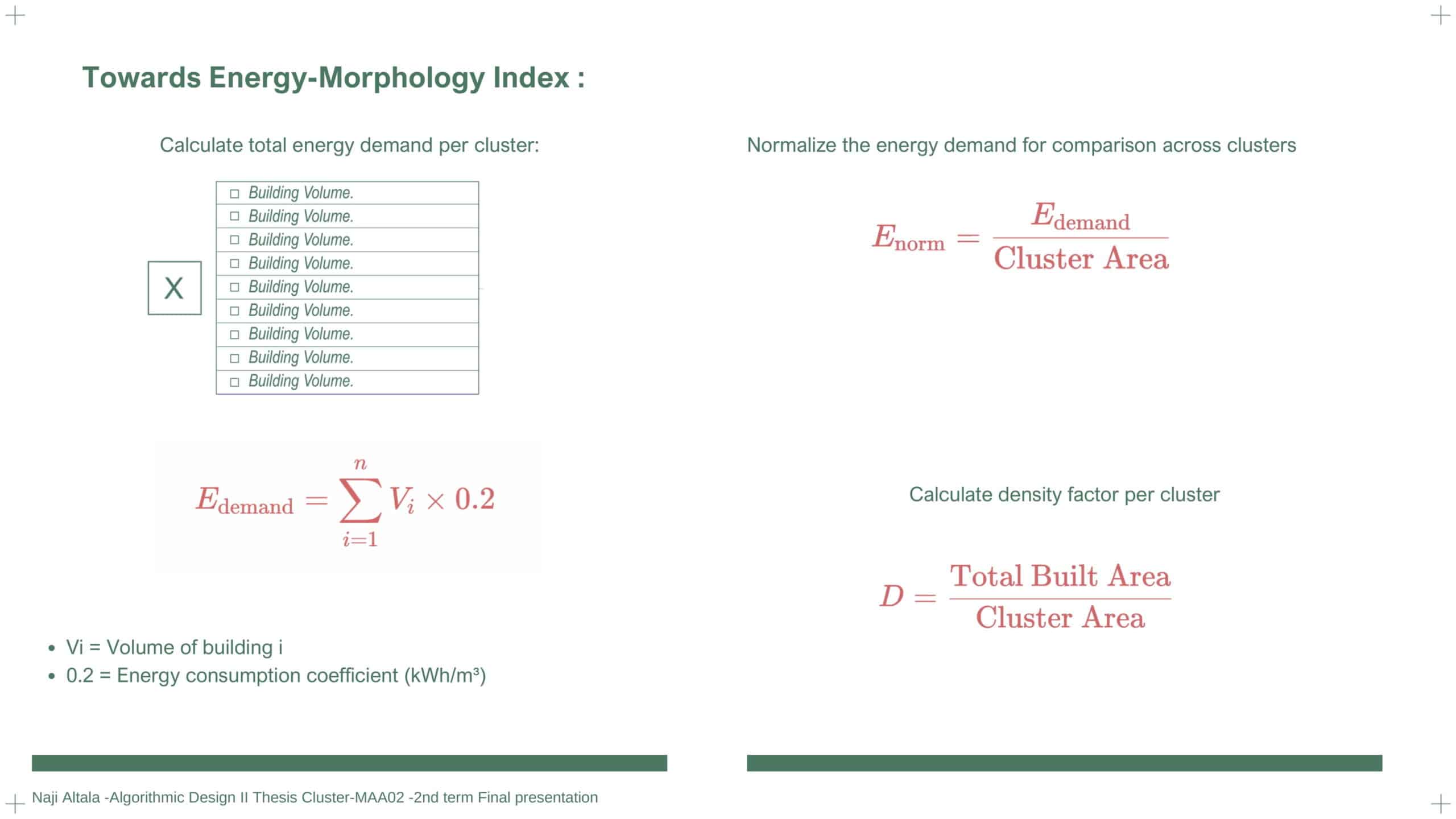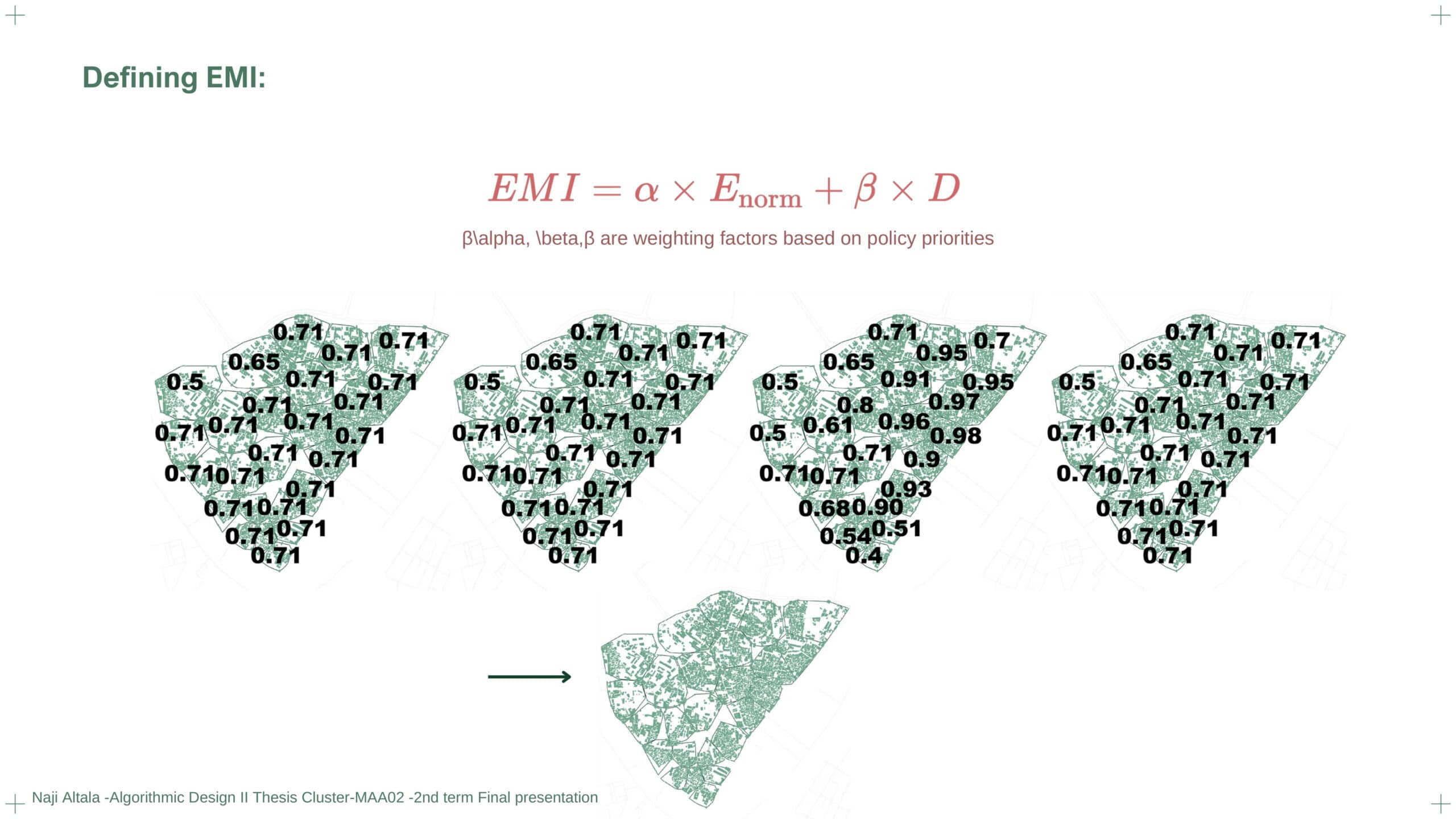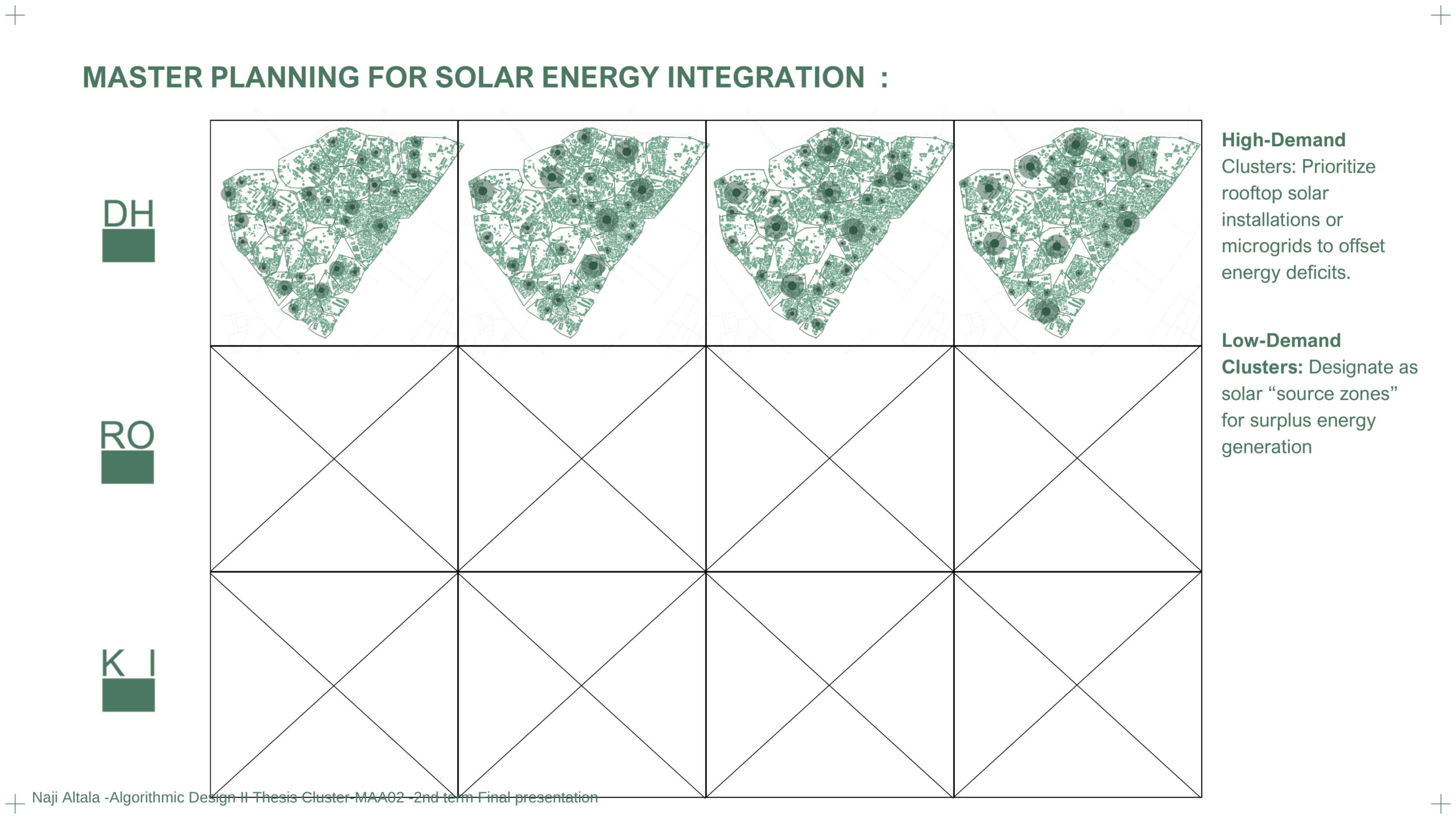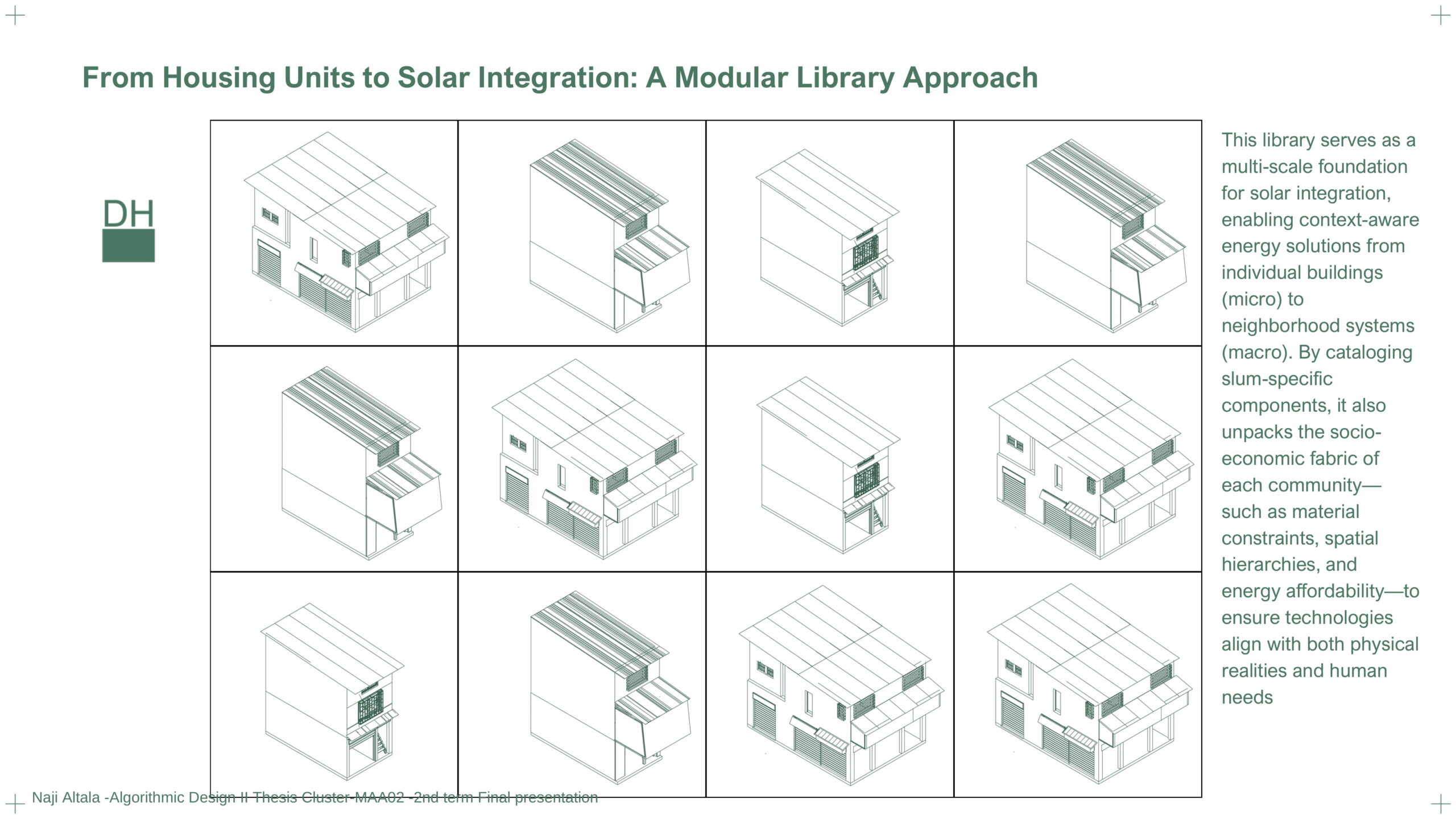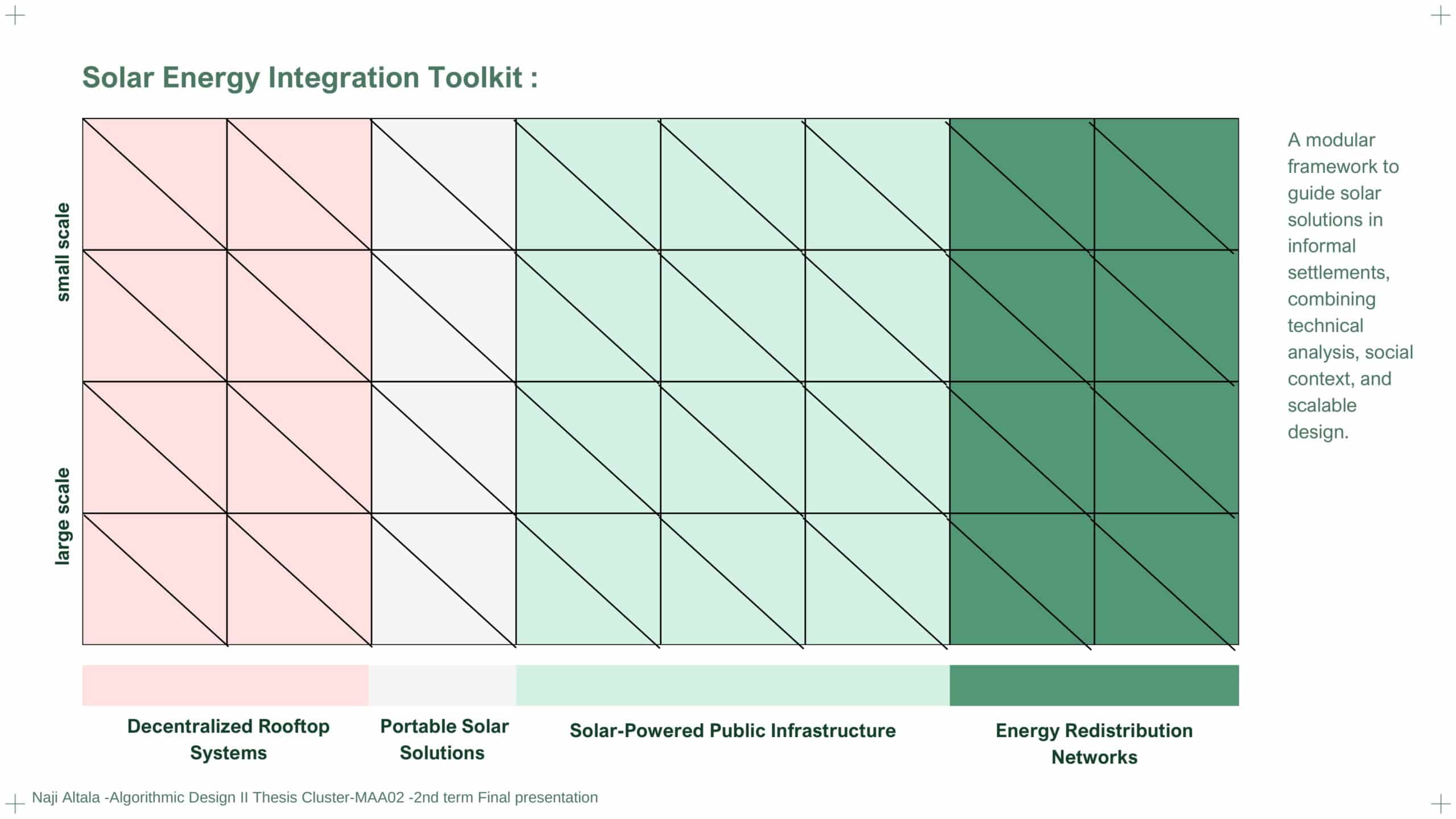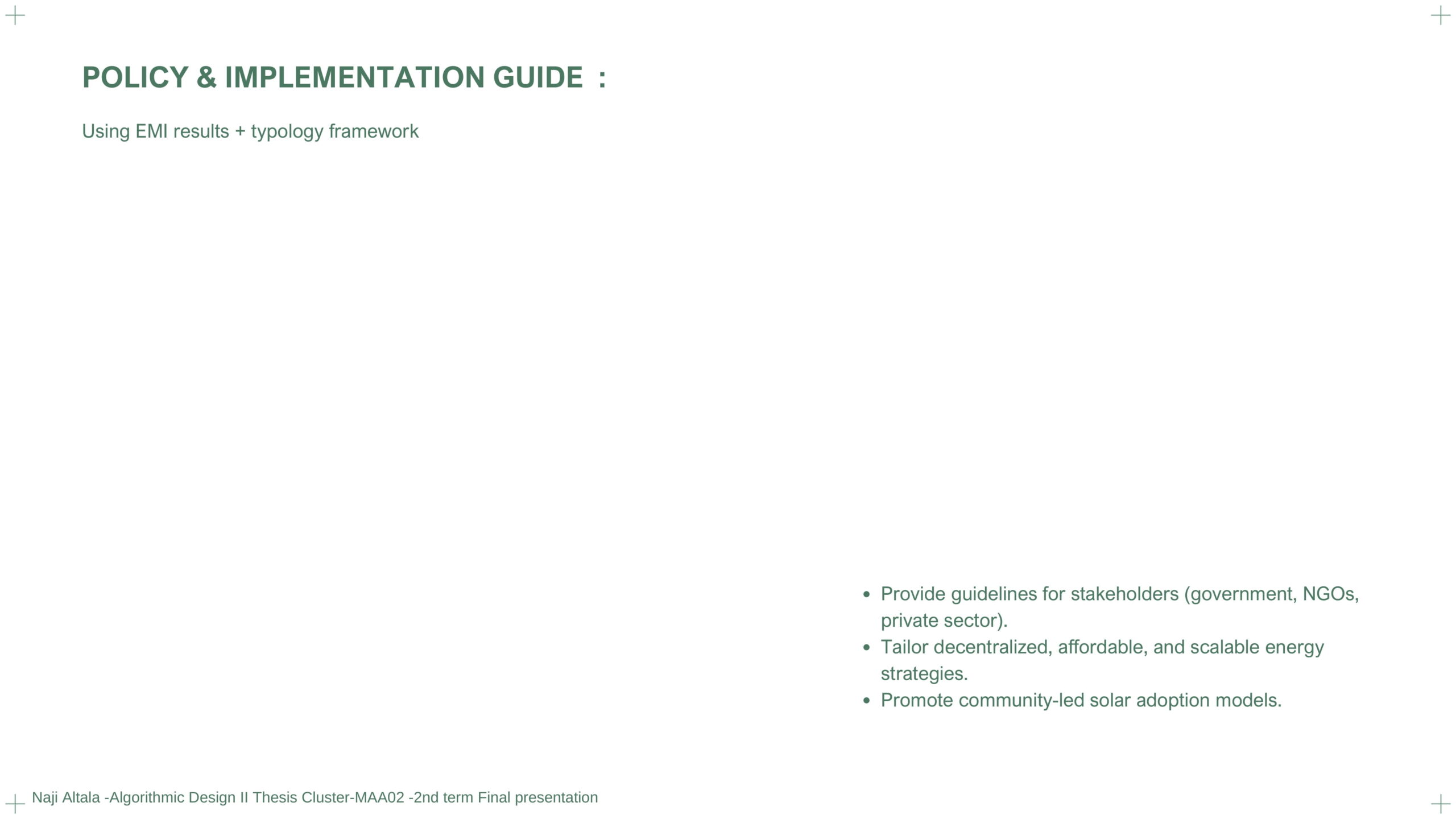A Methodological Approach to Urban Morphology and Hybrid Energy Systems in the Global South
Project Statement:
“Even as we advance in Energy Innovation, our cities continue
to grapple with deep inequalities. In this research, I propose
rethinking Urban Morphology—not merely as the physical
form of our settlements, but as a strategic lever for equitable
energy solutions. The conceptual Energy-Morphology Index I
am developing is envisioned as the foundation for a
Decentralized Solar Energy sourcing system, one that aims to
empower communities and bridge the Energy Divide.”

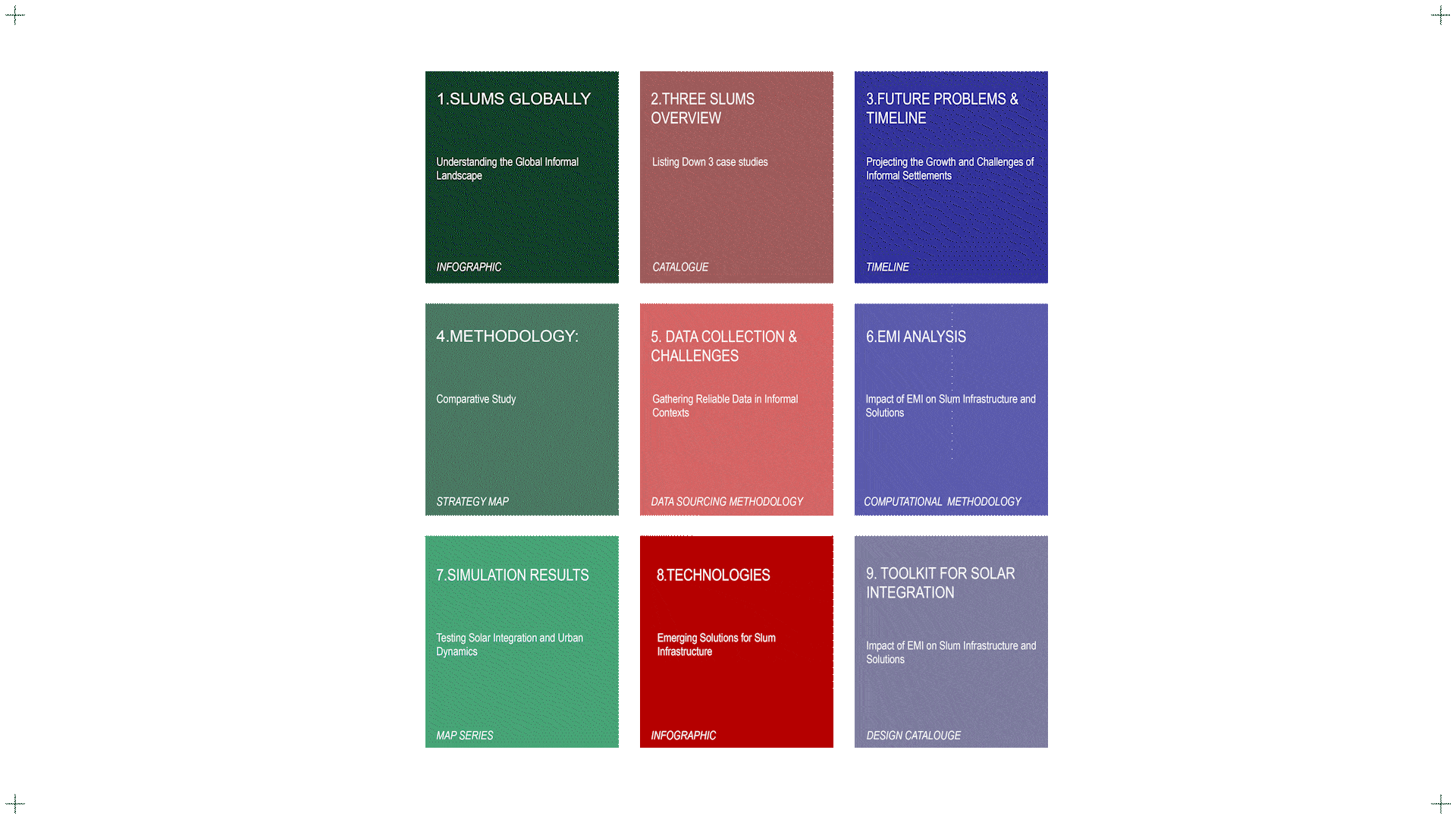
Why Slums:
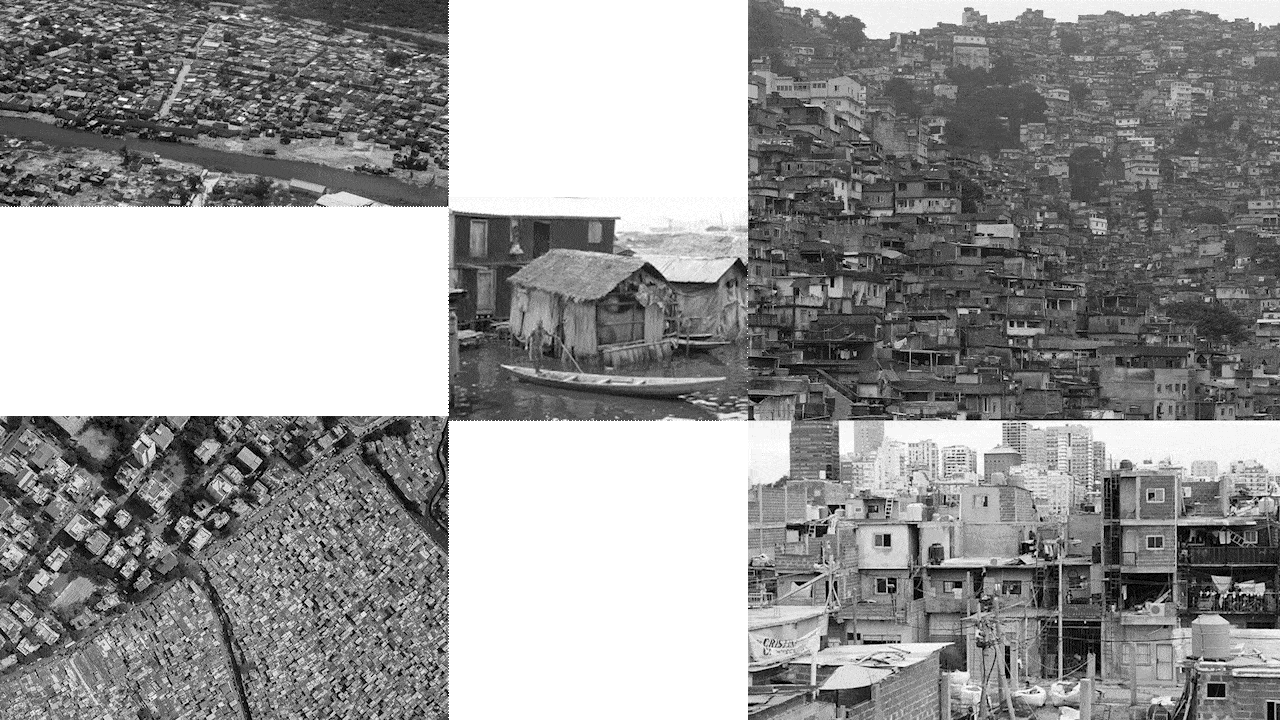
1 Billion People live in informal settlements worldwide-By 2050 this number is expected to double, primarily in the Global South. Over 70% of urban housing in Sub-Saharan Africa consists of informal settlements- With up to 50%of urban populations in informal settlements living without electricity or clean energy.
“Informal settlements are not a fringe issue—they are the urban reality for billions. Understanding and addressing their challenges is crucial for achieving just, sustainable cities in the Global South.”
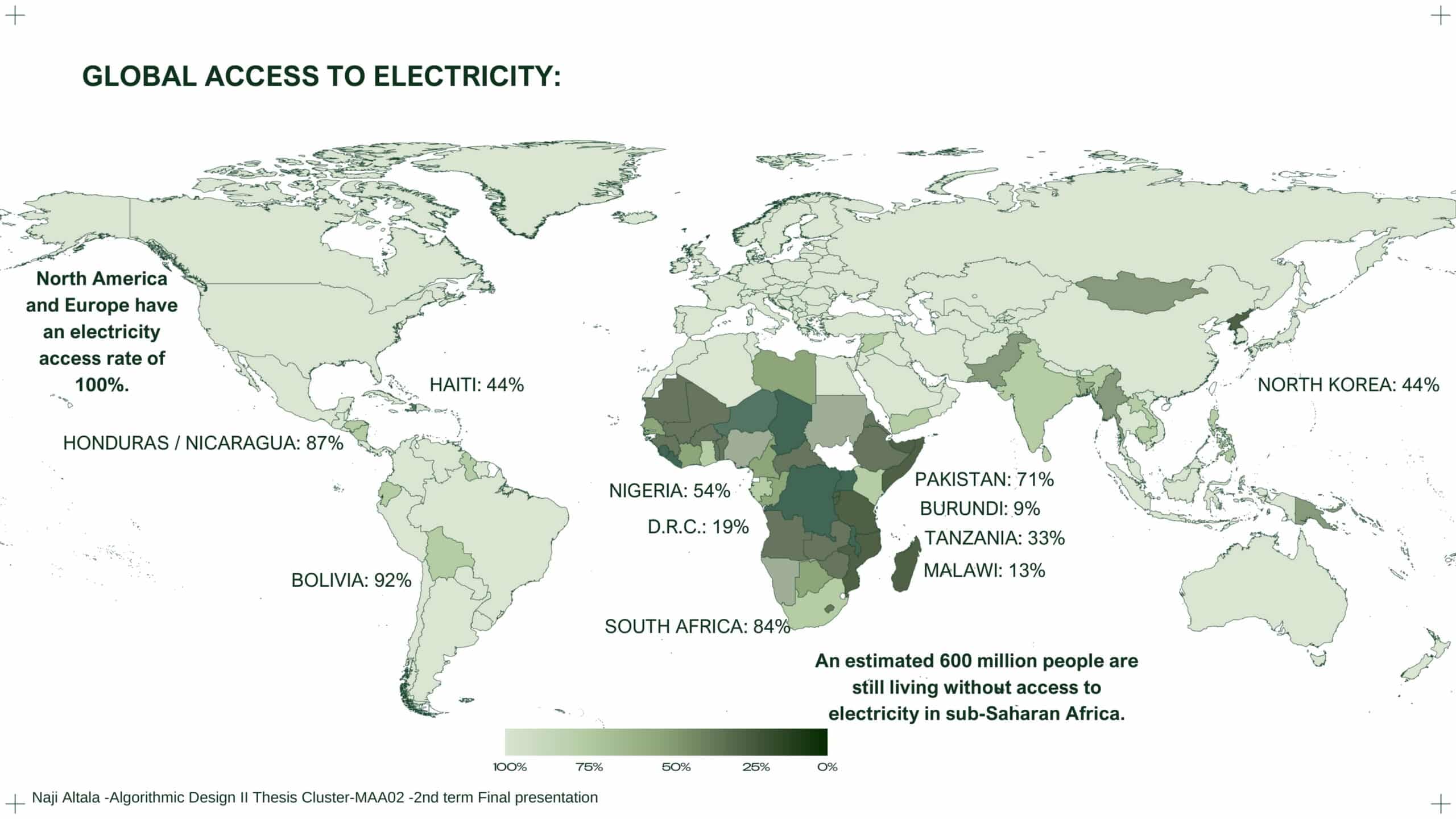
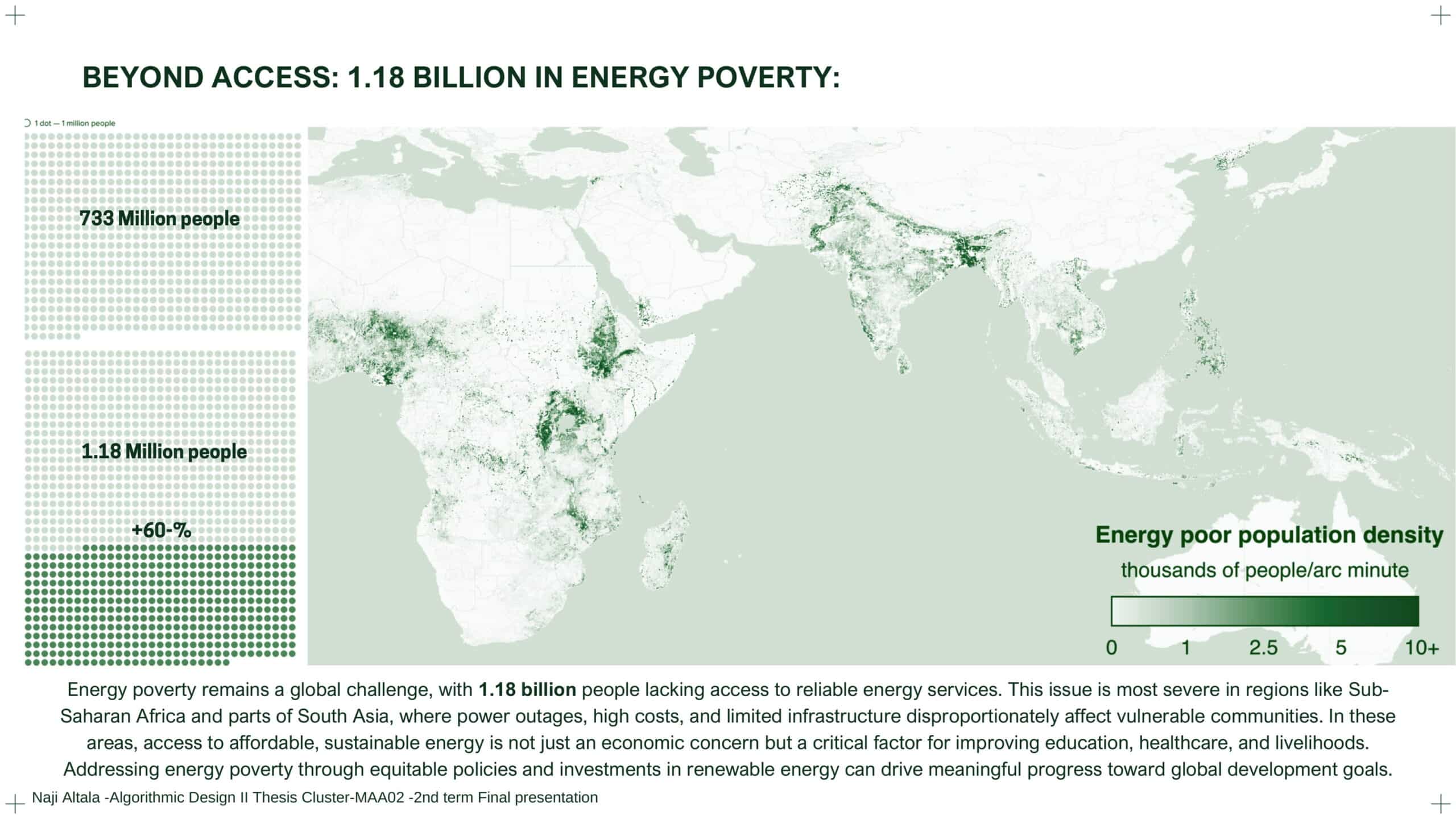
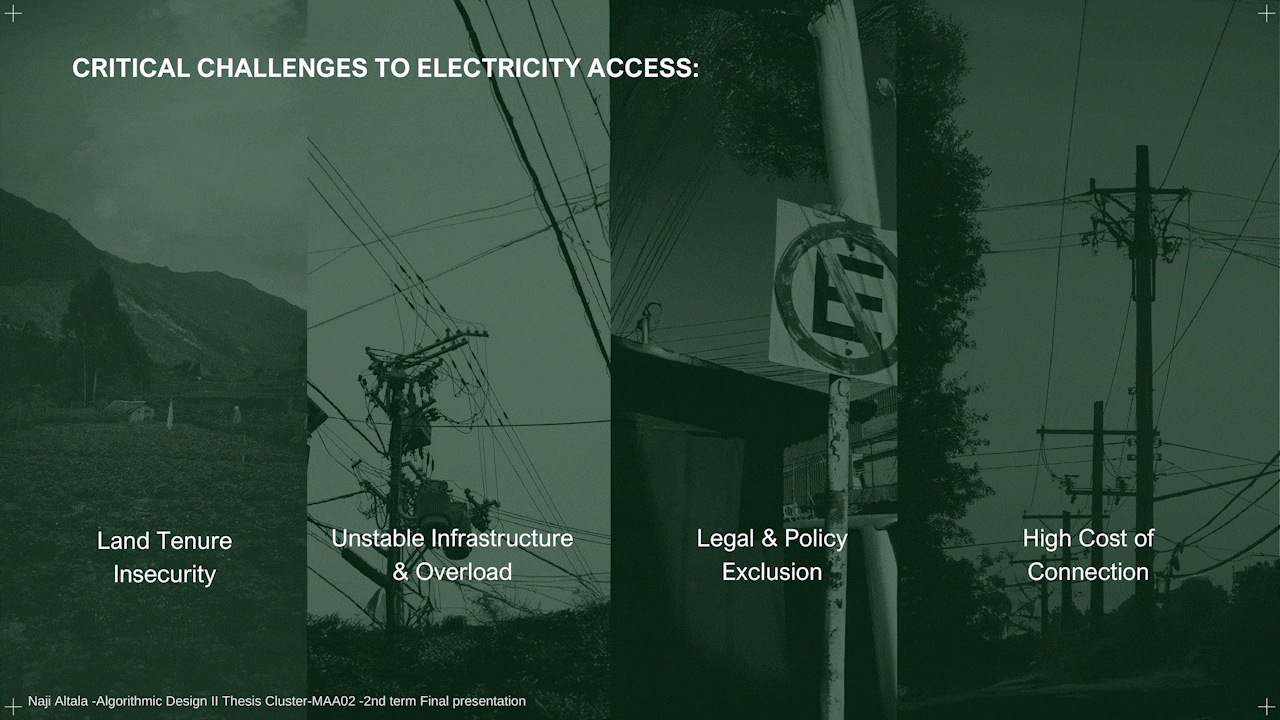
Insights from State-of-the-Art Research: Bridging Urban Morphology & Energy Demand
Cities and Energy: Urban Morphology and Residential Heat-Energy Demand-FEB 2014-Authors: Philipp Rode, Christian Keim, Guido Robazza, Pablo Viejo, James Schofield
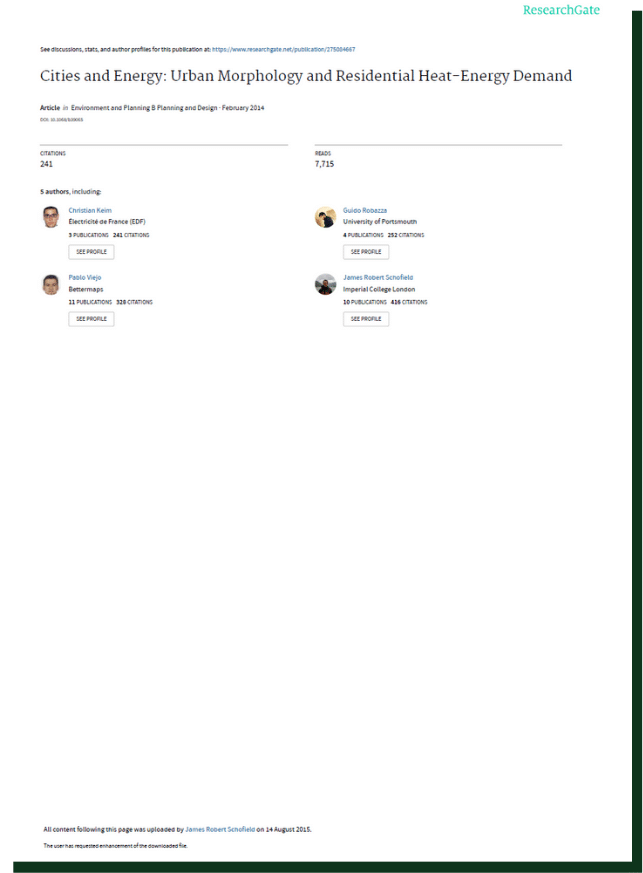
- How urban form influences residential heat-energy demand.
- Comparison of building typologies across Paris, London, Berlin, and Istanbul.
- Simulation-based modeling of solar gains and energy losses.
Key Research Question:
How does urban morphology impact heat-energy efficiency at the neighborhood scale?

Methodology:
- Studied 25 residential building configurations across 4 major cities.
- Created digital elevation models (DEMs) for both real and idealized morphology samples.
- Simulated solar gains and heat-energy losses to estimate demand.
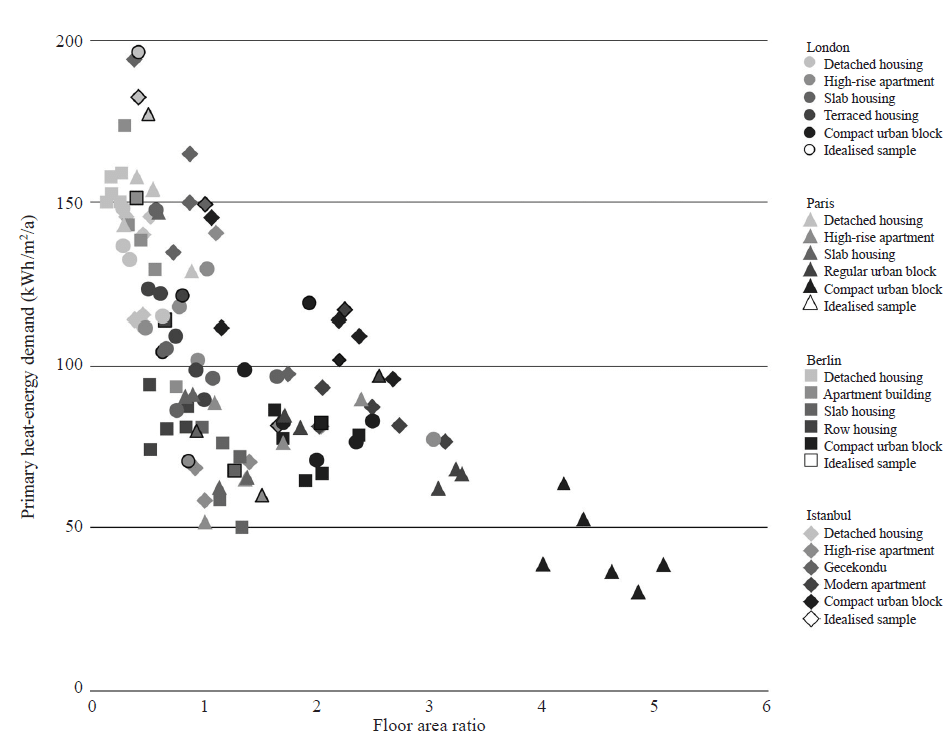
Key Findings:
- Urban form has a major impact on energy consumption.
- Compact, mid-rise urban blocks are the most energy-efficient.
- Detached housing showed the highest heat-energy demand.
- Increasing density reduces energy demand but with diminishing returns beyond FAR 4.0.
- High-rise apartments and slab housing had varied performances based on orientation and spacing.
- Surface-to-volume ratio is a strong indicator of energy demand.
16 CONCEPTS TO TACKLE ENERGY ACCESS IN SLUMS:

CHRONOLOGY OF INFORMAL URBANISM & DECENTRALIZED ENERGY (1960–2030):
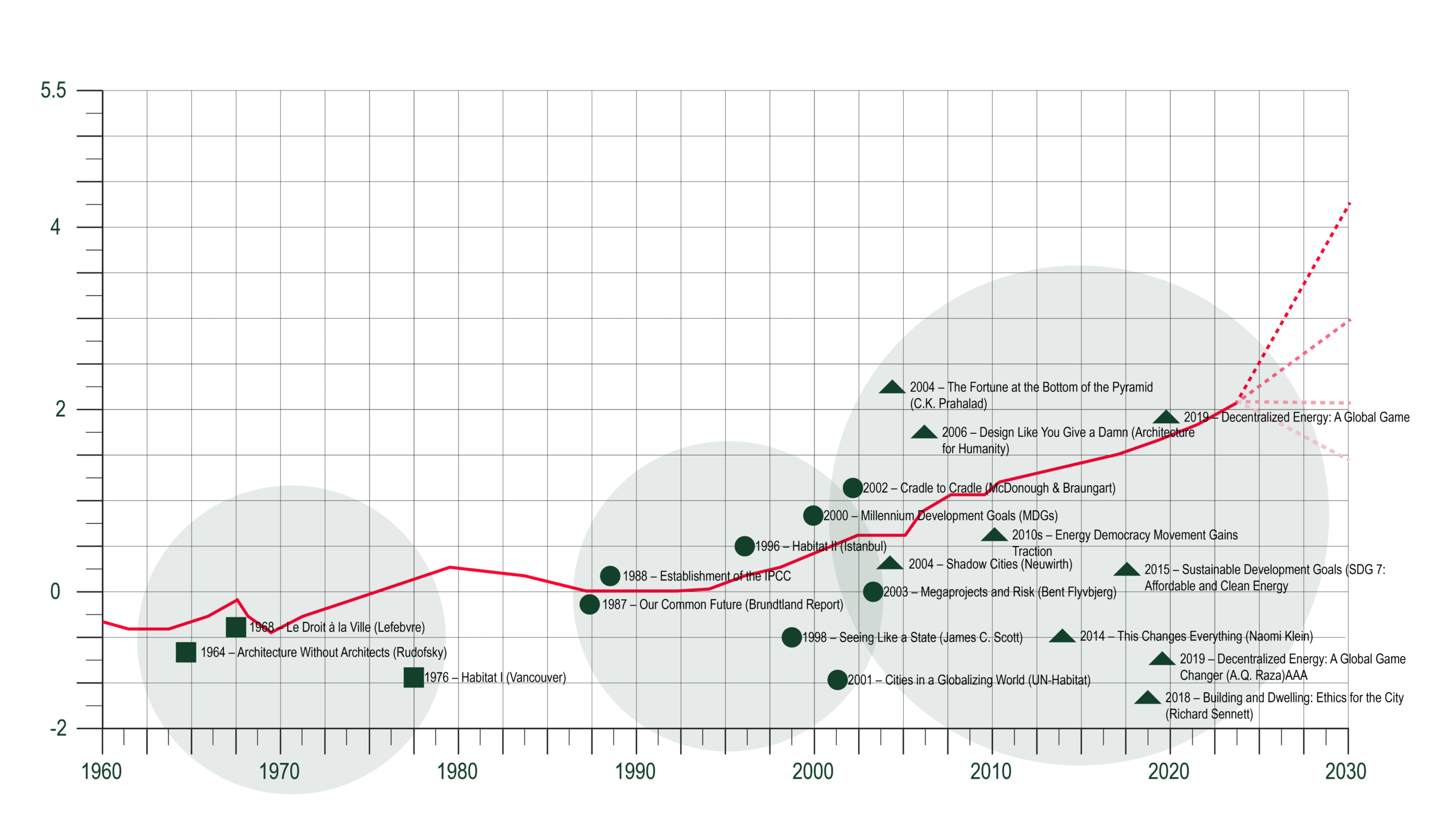
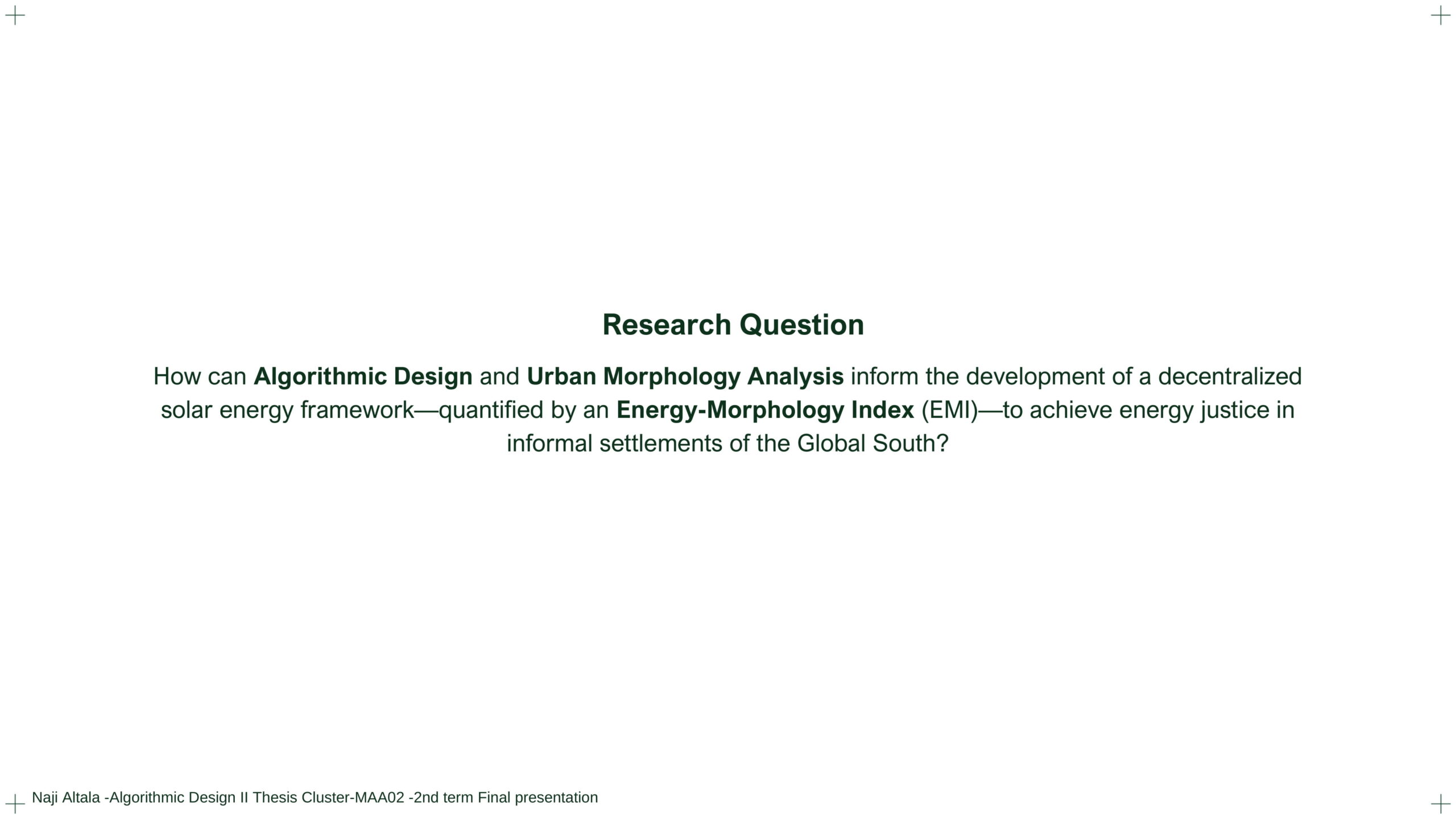
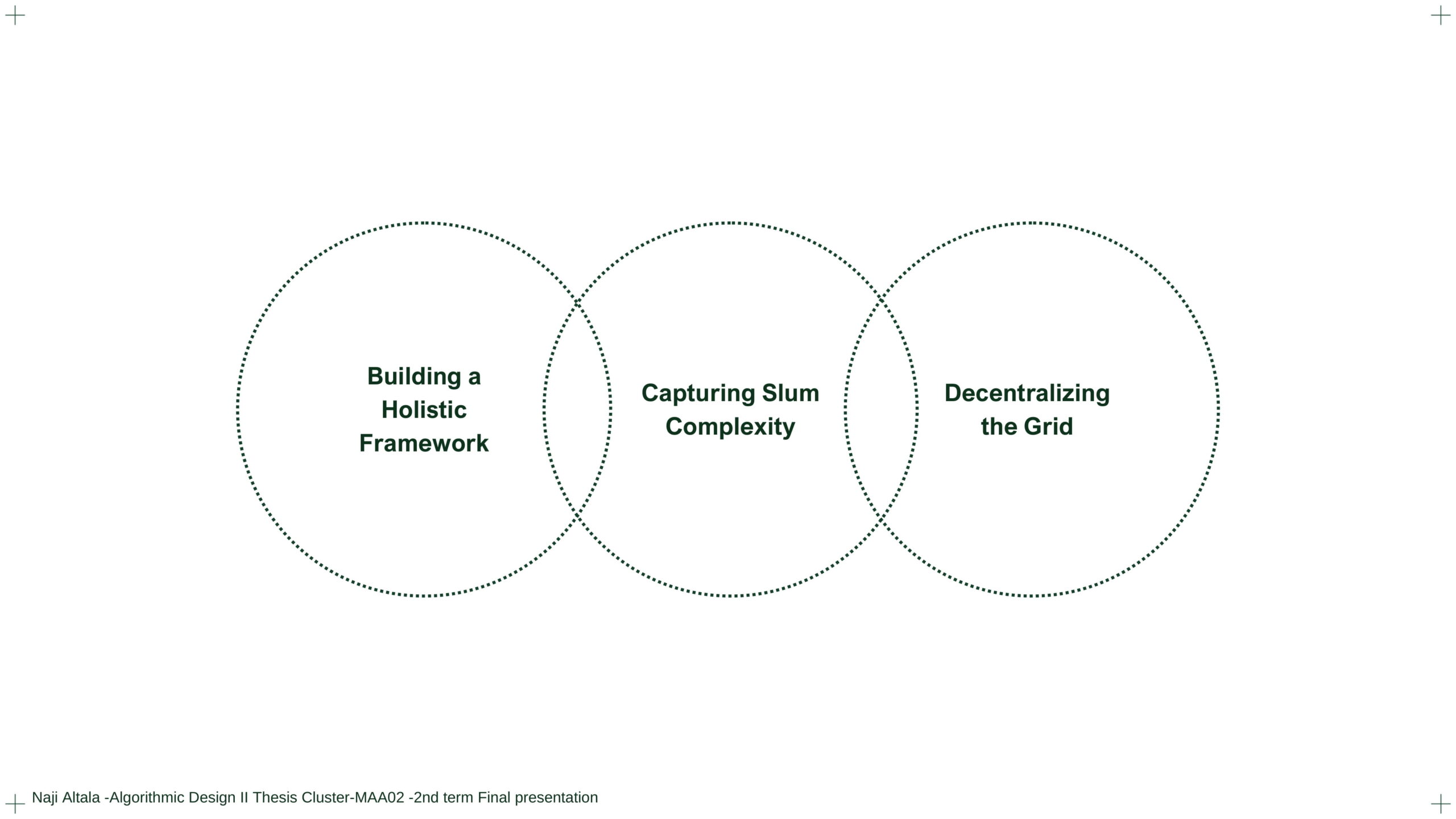
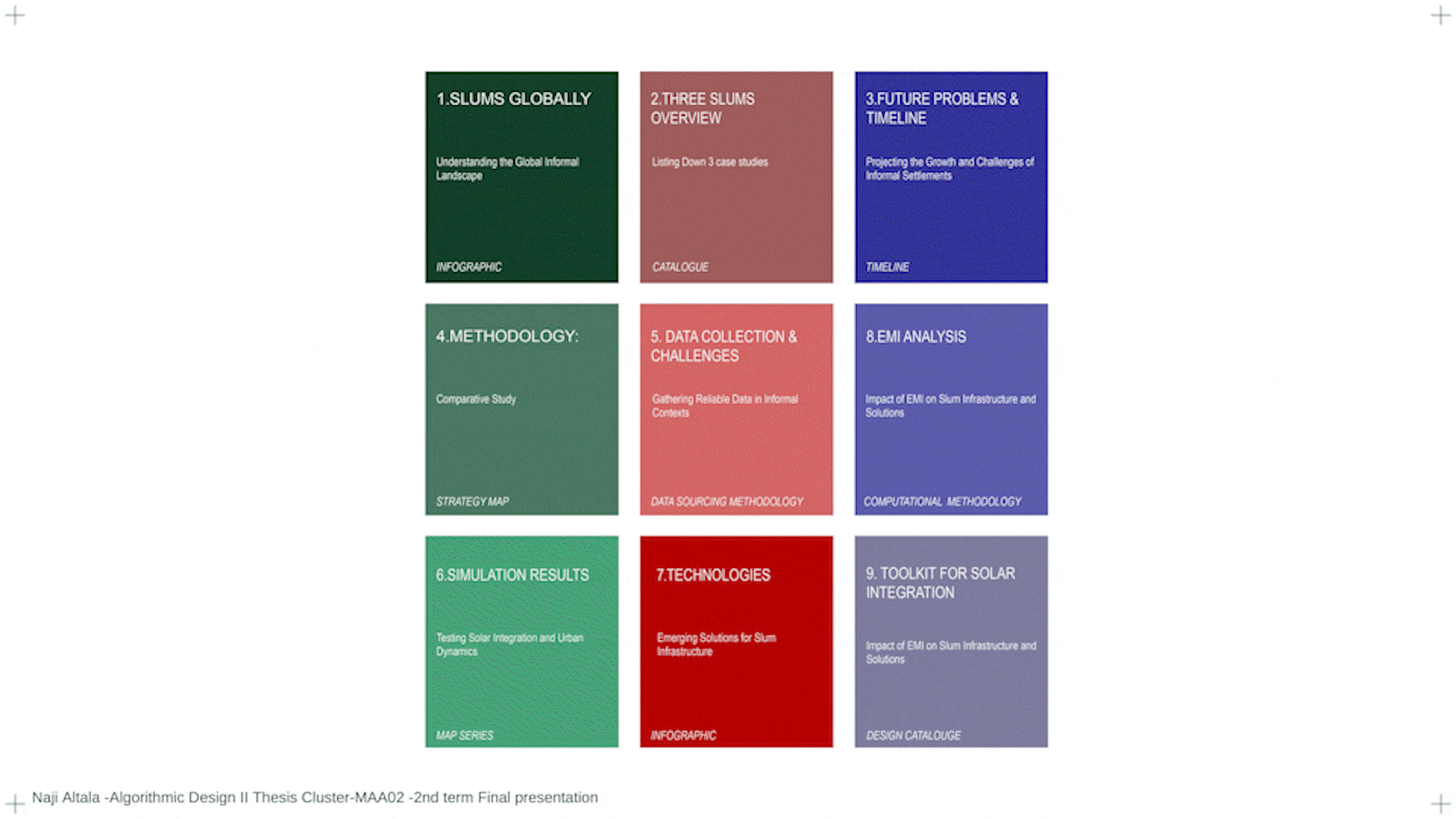
3 SLUMS OVERVIEW: FROM 10 TO 3:

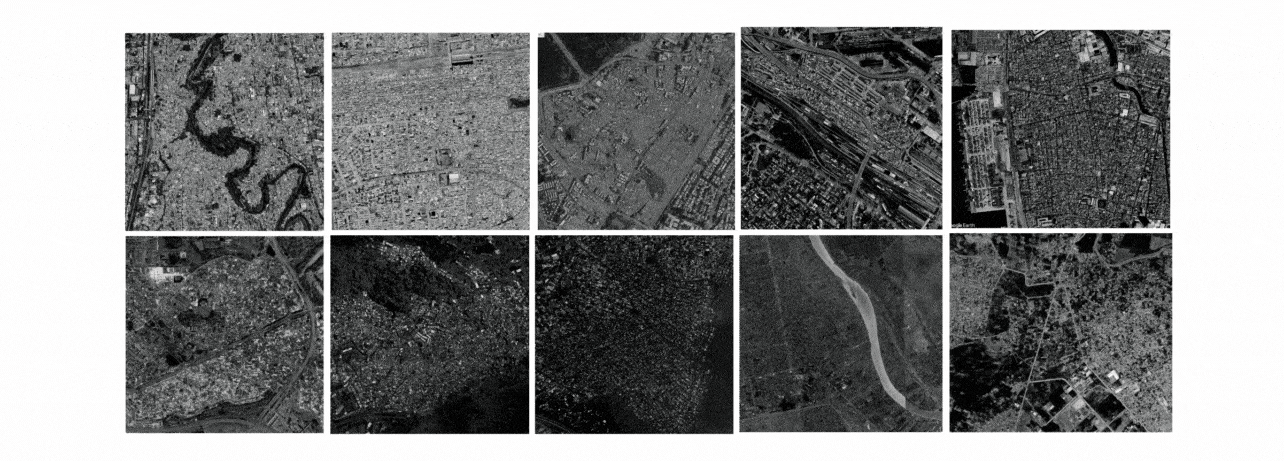
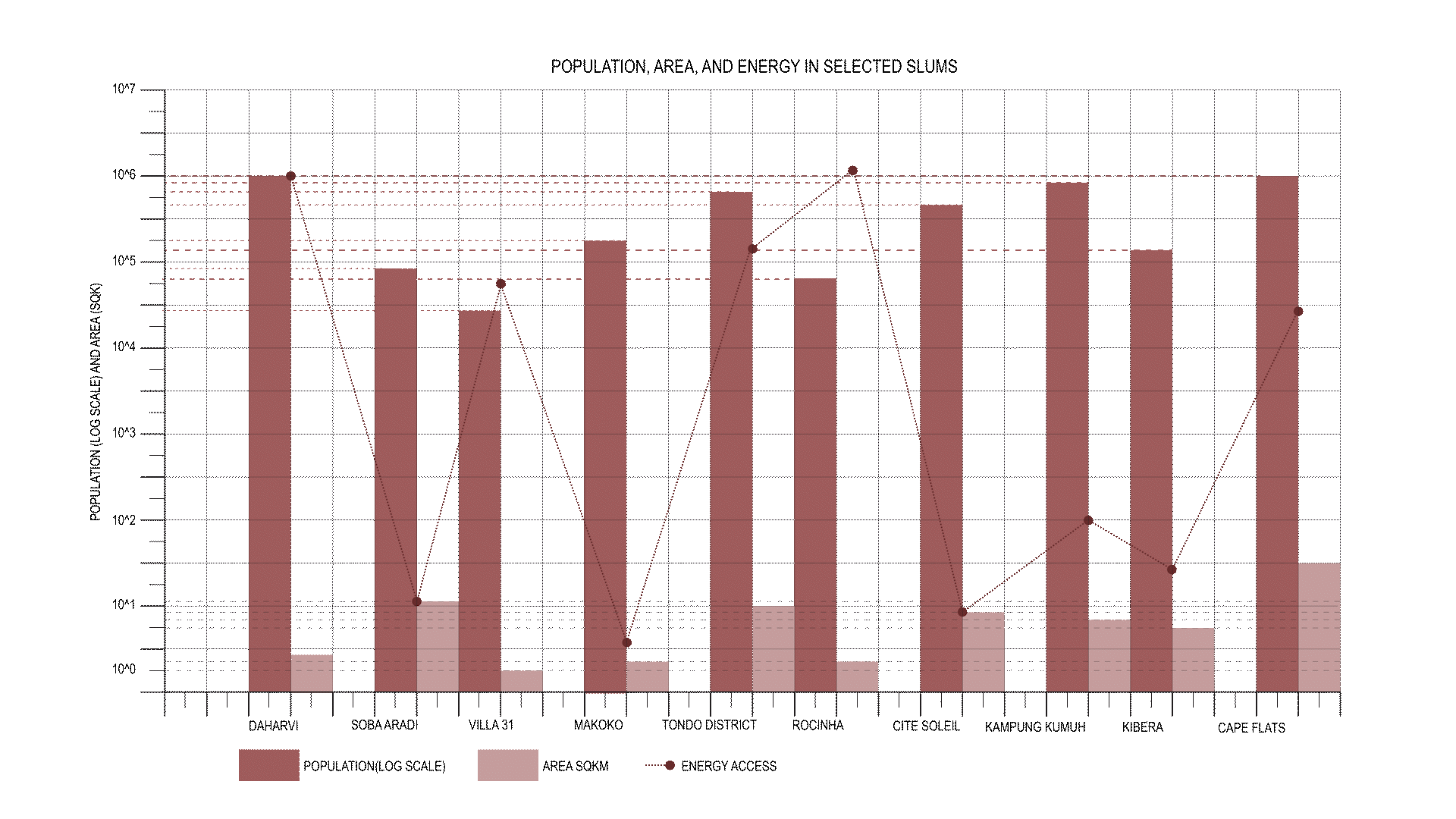
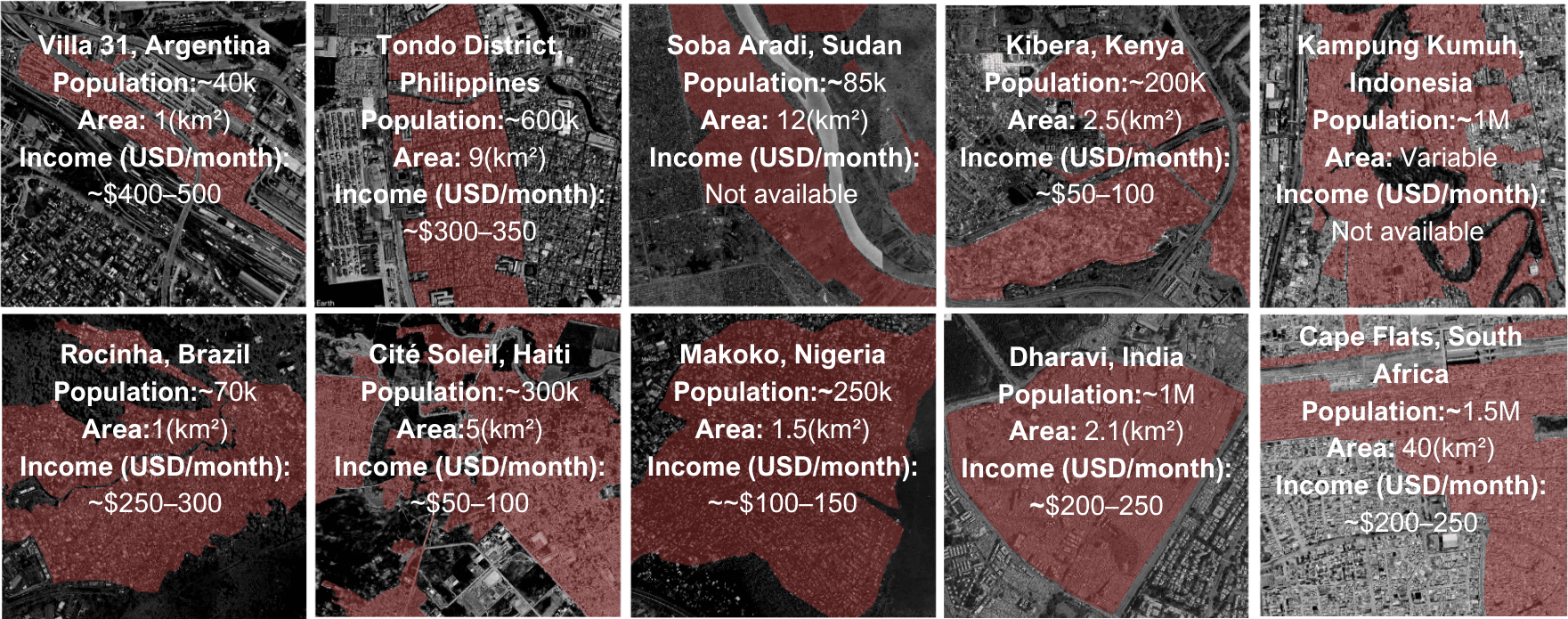
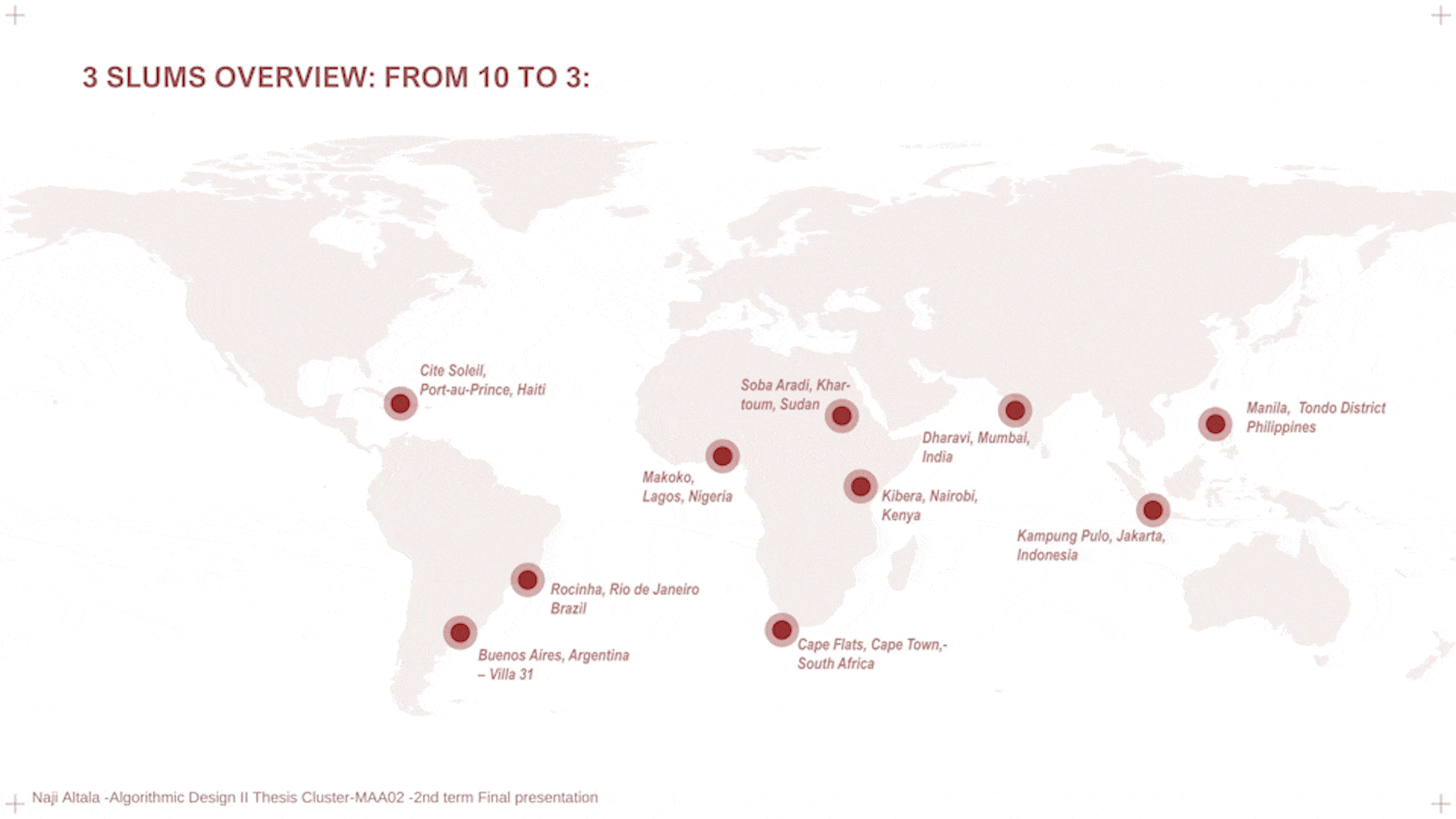
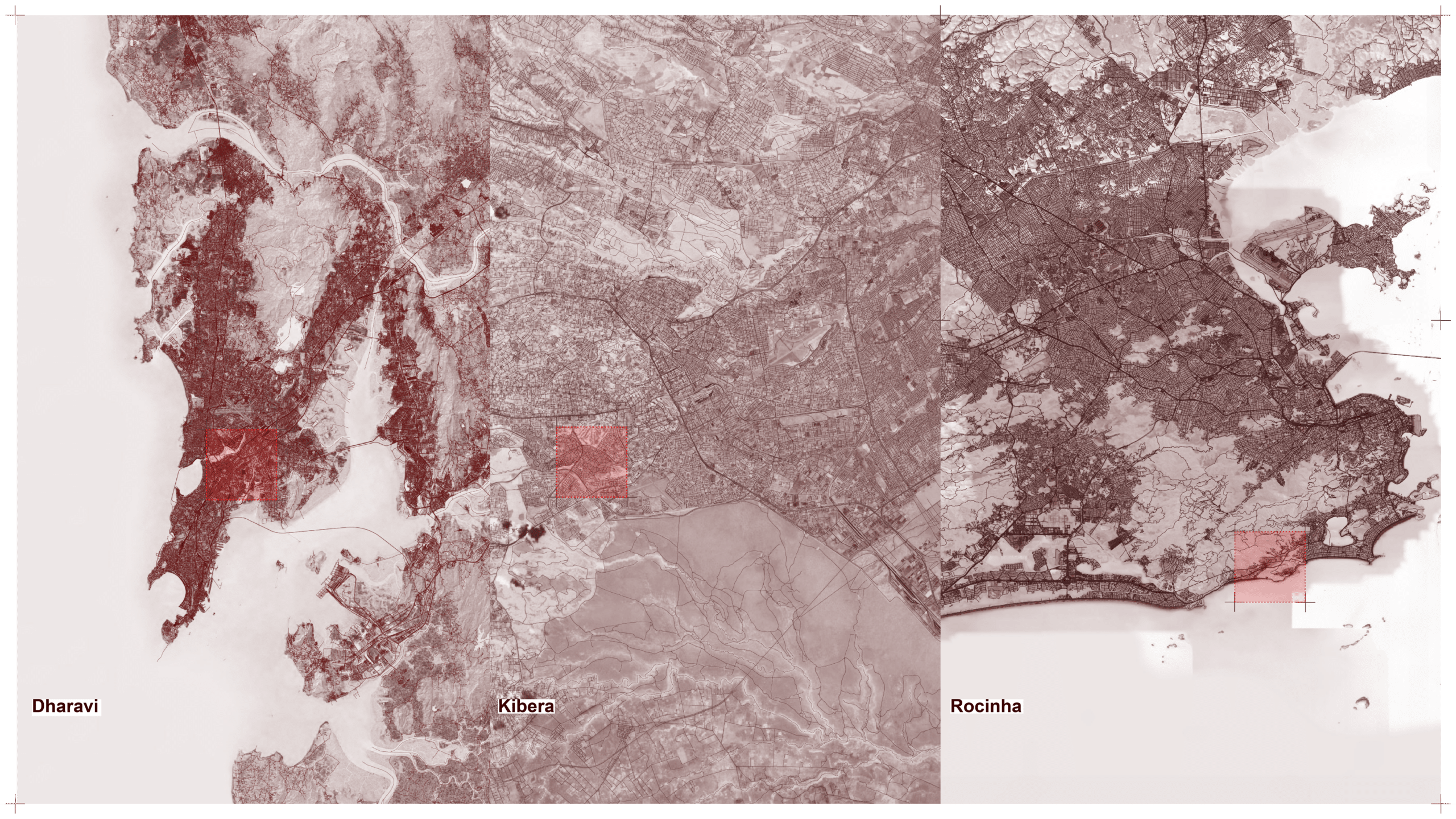
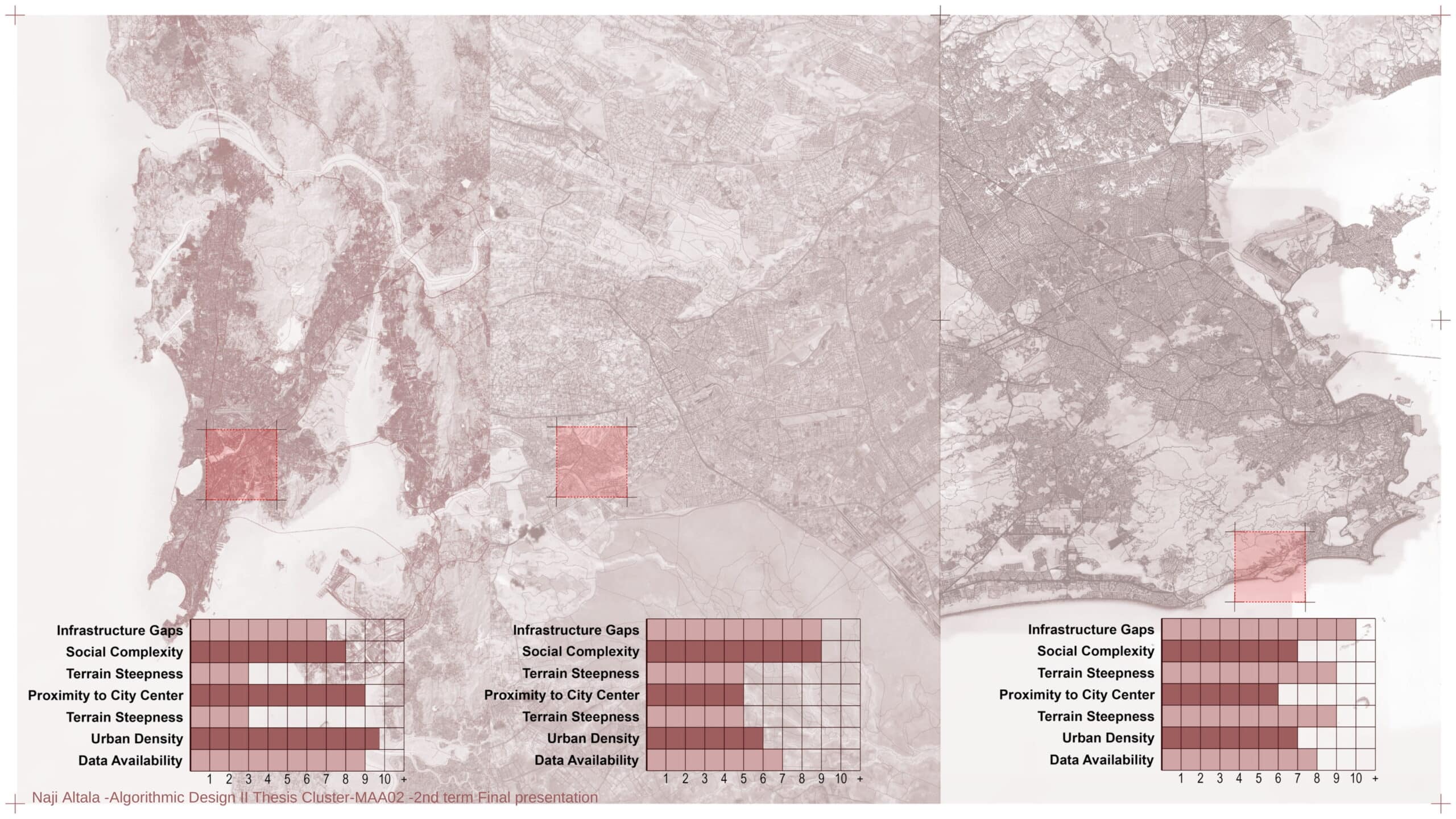
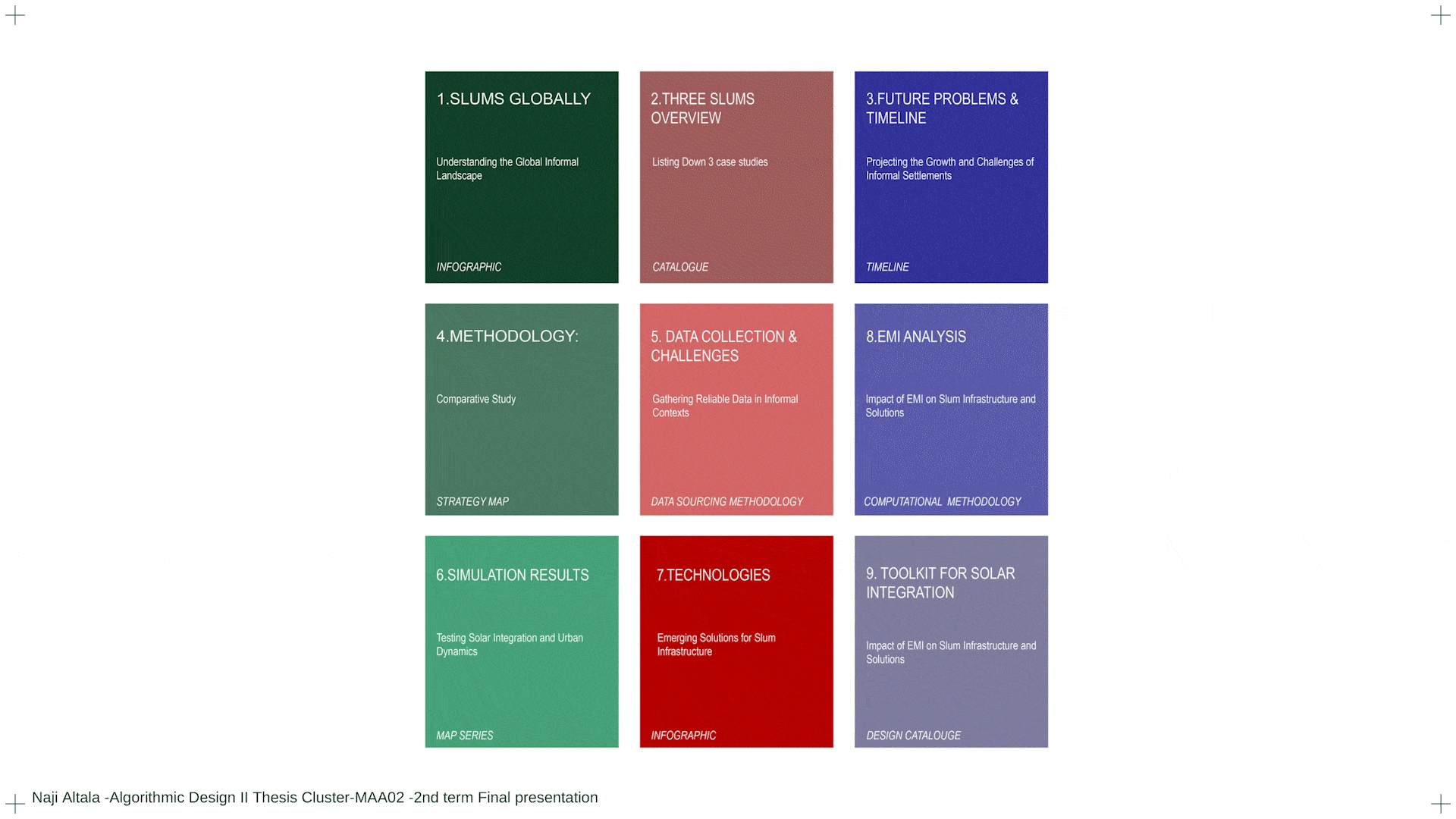
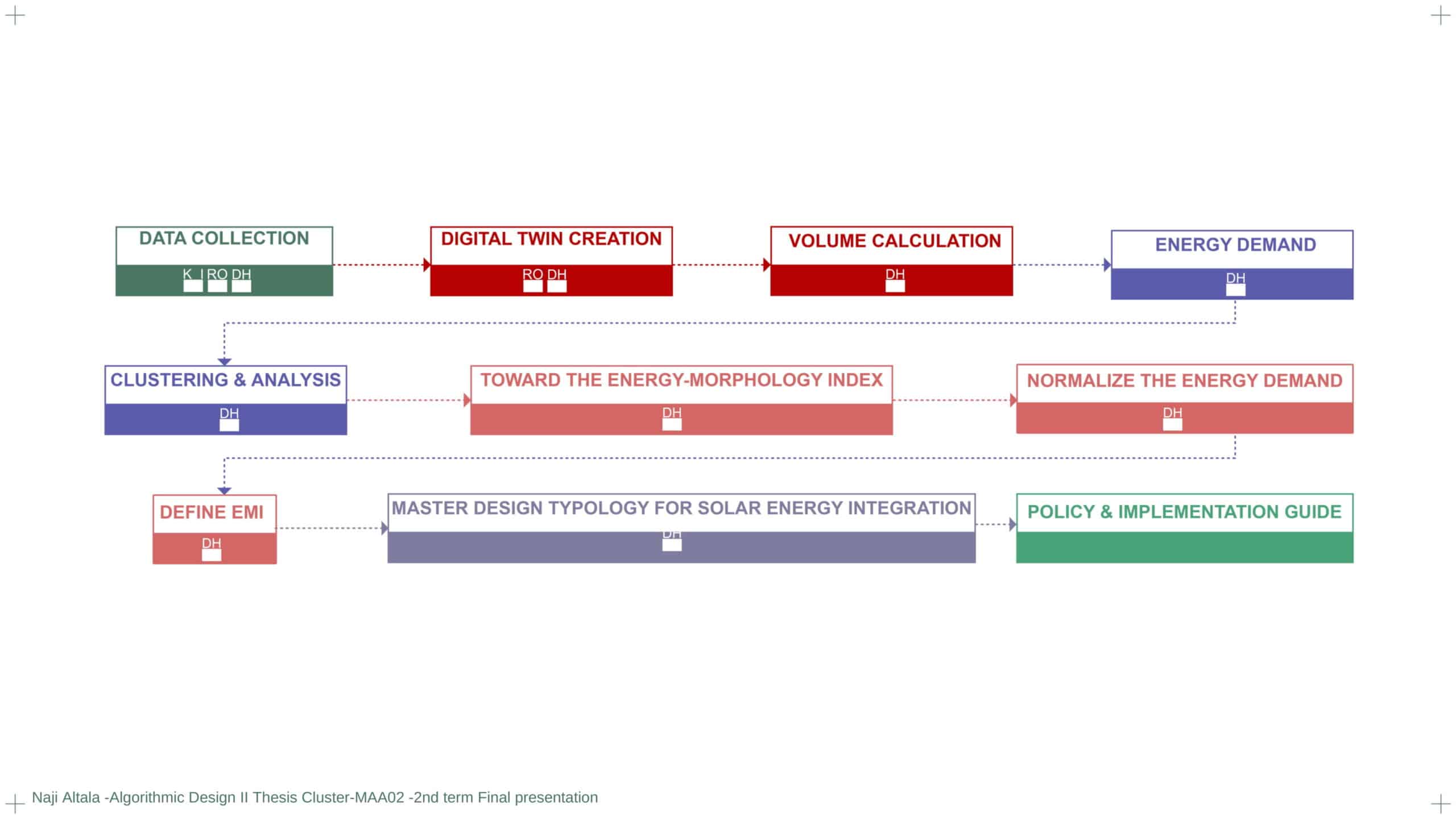
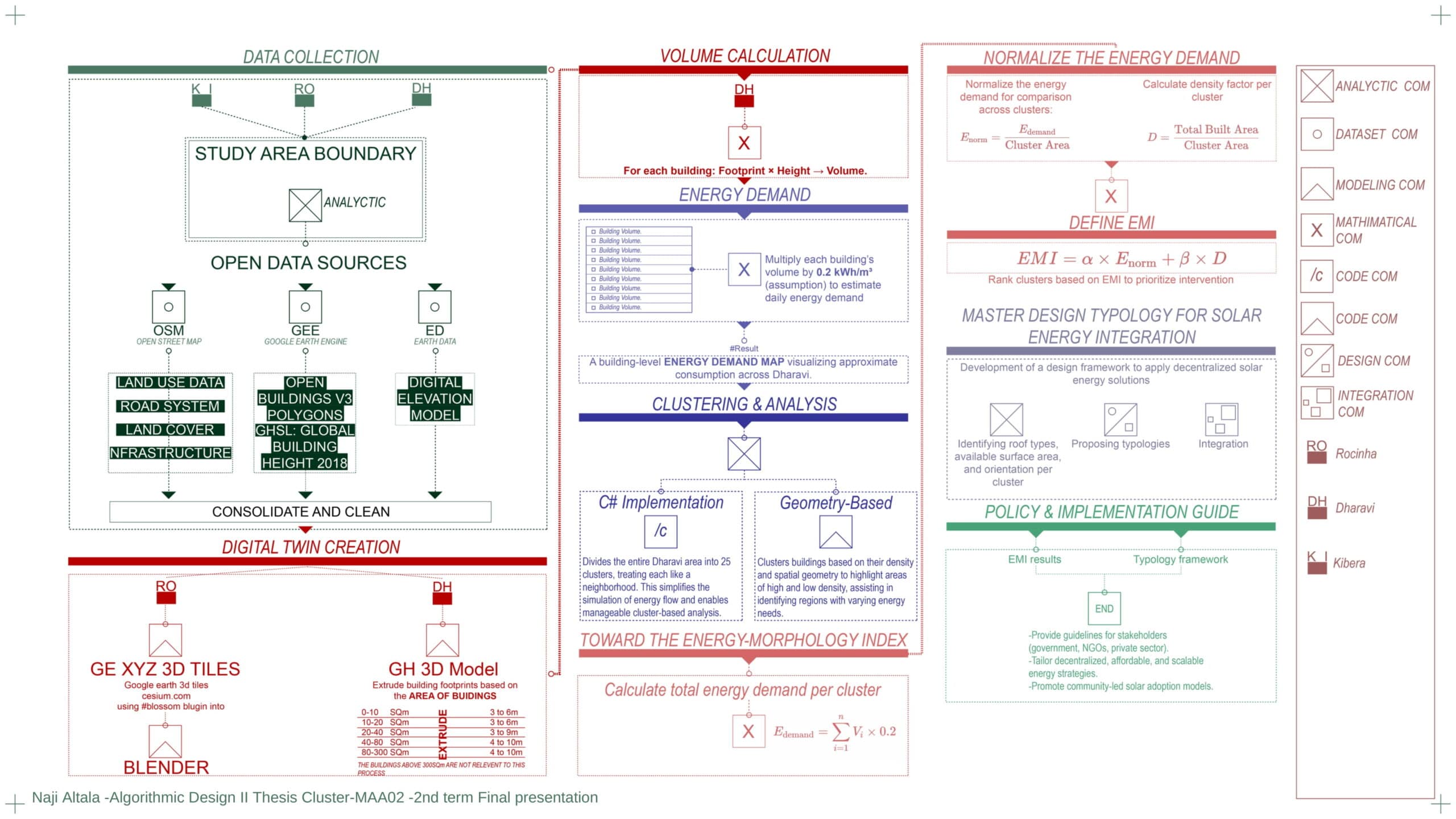
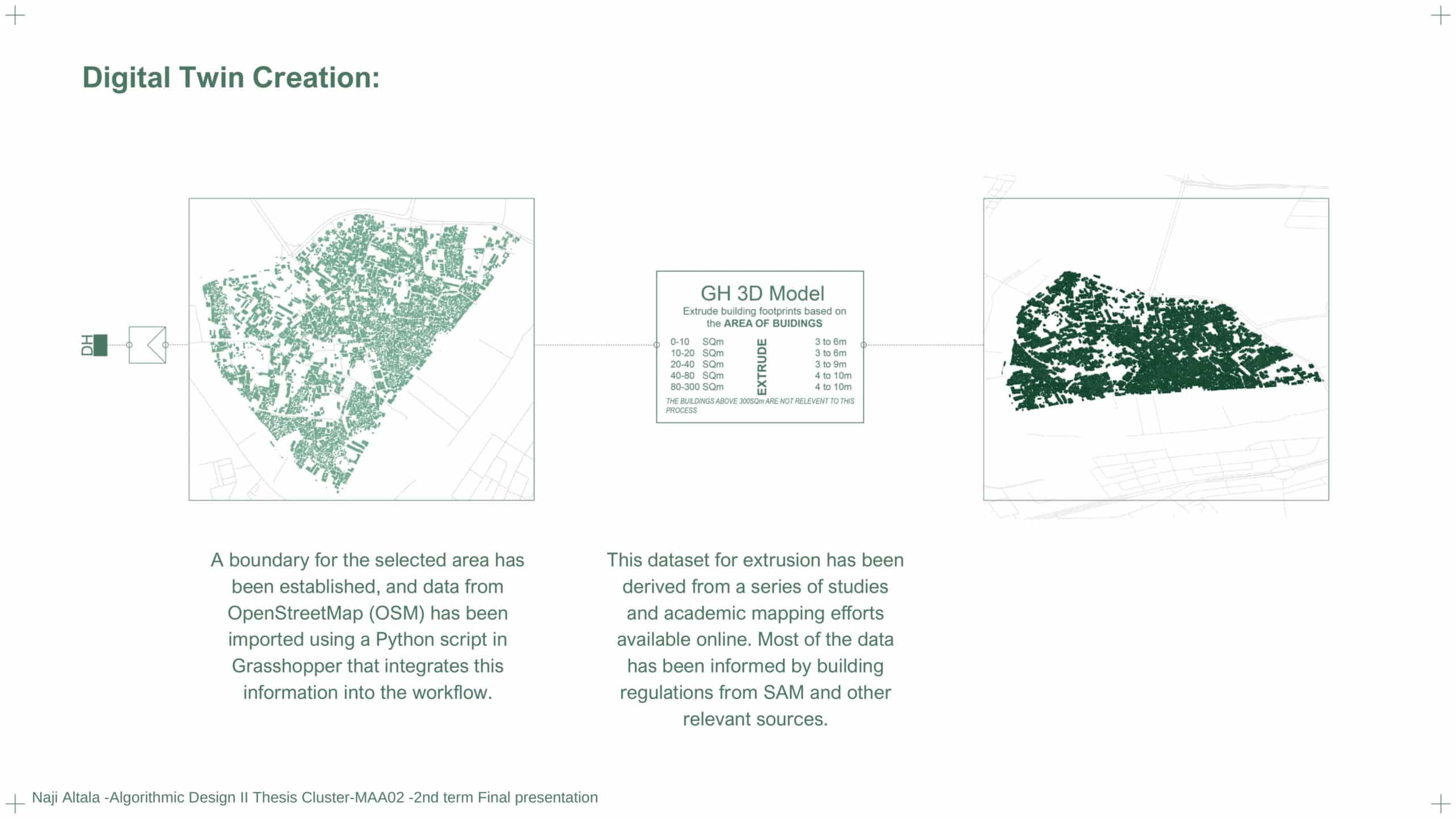
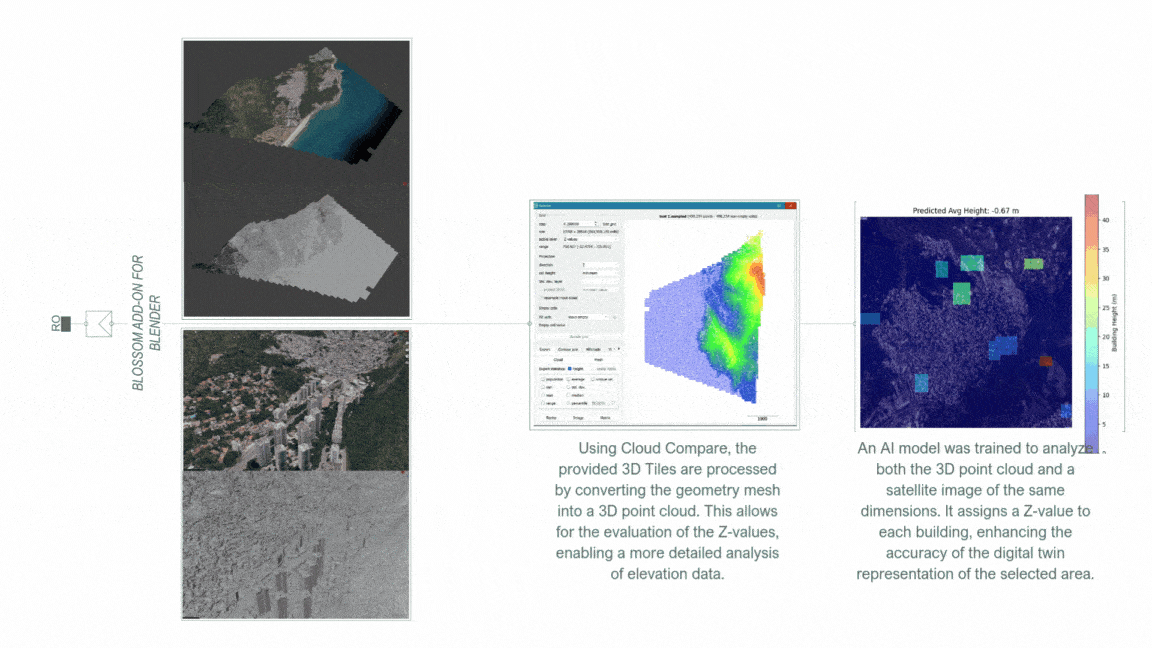
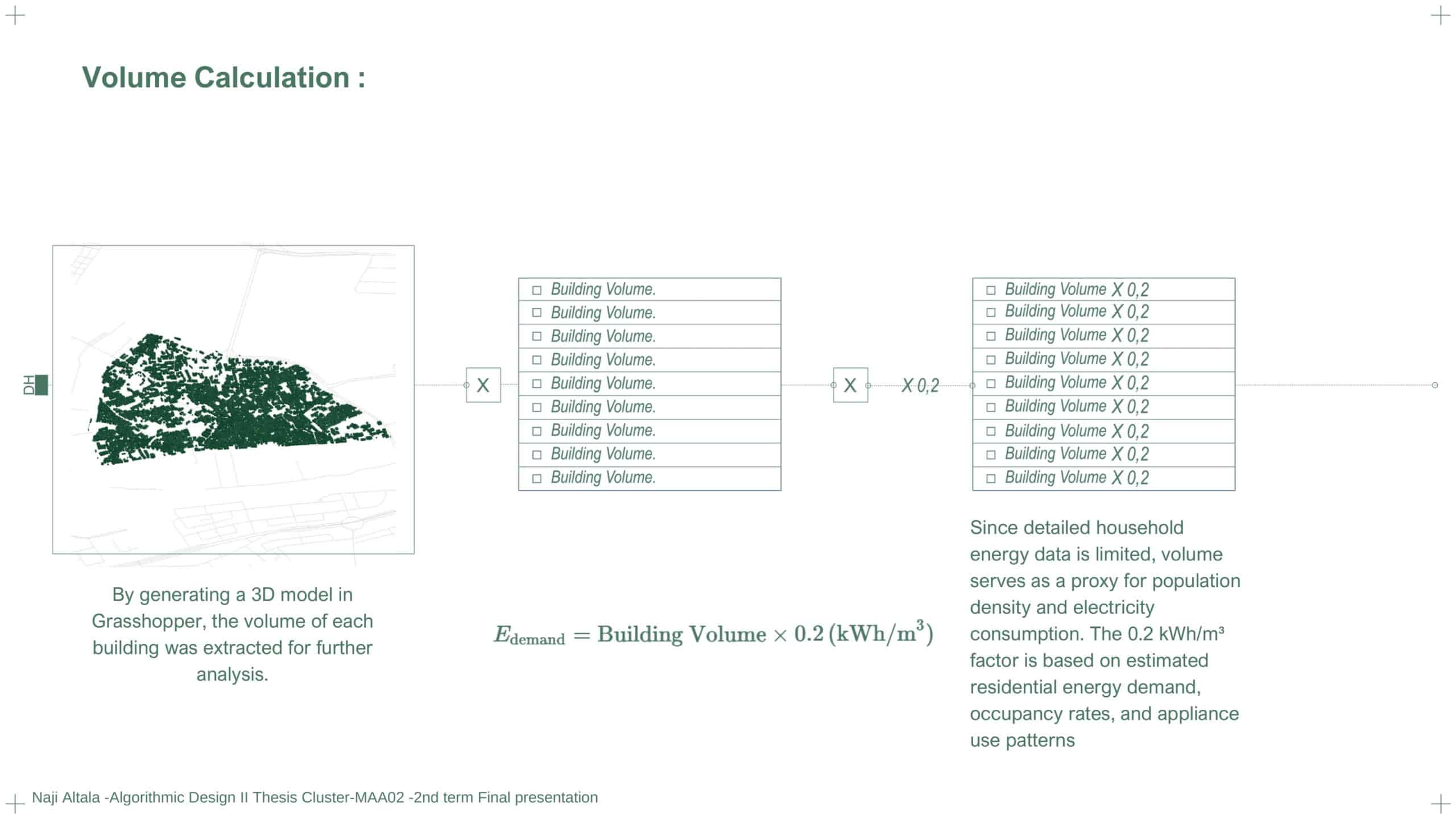
Visualizing Energy Demand:
